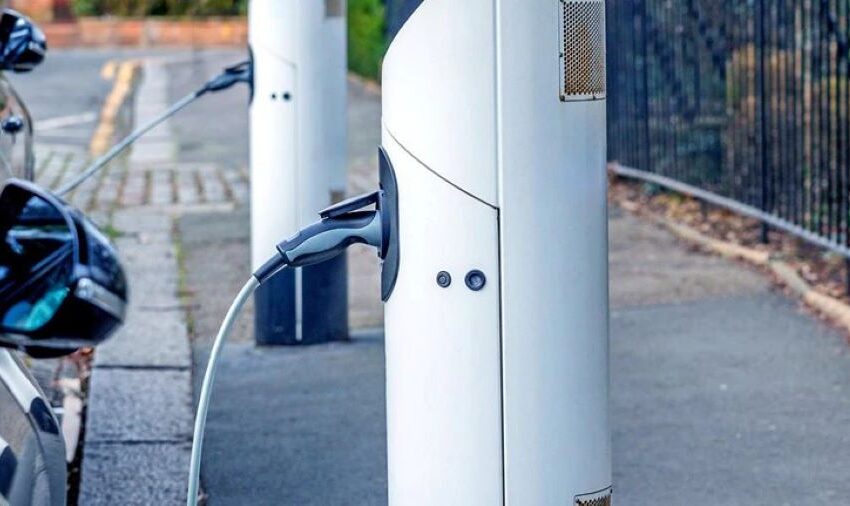
Europe’s EV Transition Likely to Cost Over $400 Billion
Europe’s automotive industry, which has been a stronghold of its economy for decades, is now facing disruption from electric mobility, a study by McKinsey & Company, an American multinational strategy and management consulting firm, revealed.
If European auto leaders are not able to capture the benefits from electrification, more than $400 billion in upstream GVA—about 35% of the total—could be at risk in Europe over the next decade. If they manage the transition well, however, e-mobility could generate about $300 billion in added value for Europe’s economy, with multiplier effects on adjacent industries.
In 2023, the industry contributed $1.9 trillion in gross value added (GVA), with technology and car exports creating $620 billion in value. Electric mobility could add $240 billion to $300 billion in GVA in after-sales support and services by 2035.
This assumes that European original equipment manufacturers’ (OEM) global market share falls to 45%, from 60%, and that the value added from European OEMs’ internal combustion engine (ICE) vehicle production is 85% to 90%, 50% to 60% for battery electric vehicles (BEVs) produced in Europe by non-European OEMs, and 15% to 20% for imported BEVs.
“Yet in turn, Europe and European OEMs could still reap the full benefits of the BEV disruption and even slightly increase current GVA from production, provided automotive companies pursue innovative strategies and participate in growing global markets, strengthen industry collaboration, and implement effective policies,” the study said.
Europe currently produces about 13 million passenger cars each year, more than one in six worldwide, and exports about four million. Directly employing about 5.5 million people across the value chain, the auto sector accounts for nearly 12% of all EU manufacturing jobs.
Beyond employment, the auto industry fuels innovation by investing $64 billion in R&D each year, more than 30% of total EU R&D spending. In 2023, 12 million cars were sold in Europe, with BEVs representing a 16% share, and of the region’s 294 million registered vehicles, BEVs made up roughly 2%, the study said.
Political Support Needed
The study also highlighted the need for political support to safeguard the industry’s future. Accelerating the energy transition, facilitating innovation, and ensuring Europe remains an attractive production location for electric vehicles will be crucial steps in maintaining the region’s relevance in the global automotive market.
While electrification is an important part of achieving global climate goals, if the transition is not properly managed, it could significantly disrupt how much value the European auto industry can generate over the coming decades.
BEVs that are developed, manufactured, and sold in Europe currently contribute 70% to 75% of their manufacturers’ suggested retail price (MSRP) to the region’s economy. That percentage is lower than the 85% to 90% typically seen with ICE vehicles, because Europe’s battery value chain is not yet fully developed.
The gap in GVA is even wider for non-European BEVs manufactured and sold in Europe, which contribute only 55% to 60% of their MSRP to the region’s economy, mostly because R&D and other overhead costs remain largely outside Europe. For an imported BEV that is developed and manufactured abroad, Europe captures only 20% of its value added, the study said.















